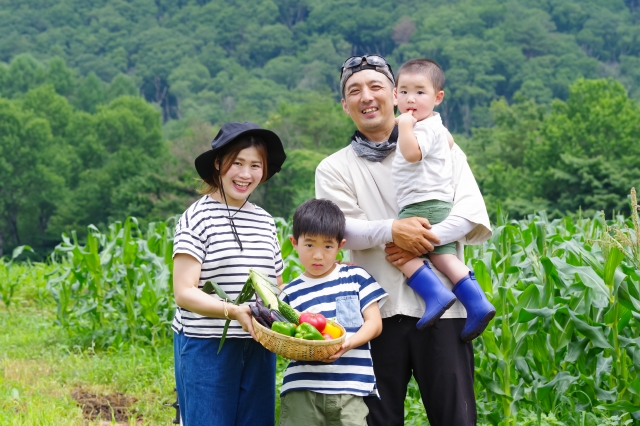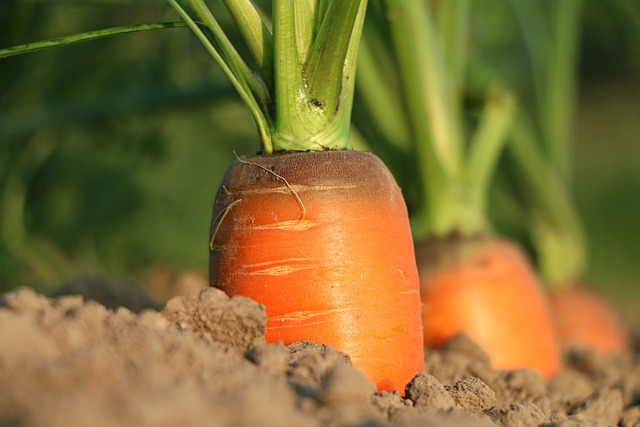
食
2024-08-08
No-Till, Pesticide-Free, and Fertilizer-Free Farming: Minimal Weeding
No items found.
I’ve never engaged in farming in earnest, but while I was in Japan, I had some experience helping with farming. During that time, I had the opportunity to meet Mr. Akinori Kimura, a natural apple farmer, twice and even assisted in his lectures.
It’s been over 10 years since then.
In Japan, the concepts of no-till, pesticide-free, and fertilizer-free farming have become quite widespread. However, here in New Zealand, while organic farming is common, these specific approaches are virtually unheard of.
In March this year, I temporarily returned to Japan and traveled to Mie Prefecture to attend a workshop on Kyousei farming. I reported on the workshop and my visit to Ise, covering the theories and practices of Kyousei farming.
Kyousei farming has the following characteristics:
Incidentally, I came across a method online that is very similar to the principles of Kyousei farming, known as “Facho Natural Farming.”
The ultimate method for growing vegetables that are beneficial for human health and the environment seems to be one that minimizes human intervention and harmonizes with natural processes. Techniques like Kyousei farming and similar natural farming approaches embody this philosophy, promoting sustainability and efficiency in agriculture. These methods, while not yet common in New Zealand, have the potential to provide significant benefits if adopted more widely.
Today, I was watching several of Farcho’s videos and found myself nodding in agreement. His explanations are both theoretical and practical, making them very easy to understand.
It’s currently summer in Japan, which means weeds are growing quickly and can be a hassle. Honestly, seeing weeds makes me feel disheartened.
When weeds grow in a garden, they don’t look good. A garden full of weeds loses its beauty. No matter how much you pull them out, they keep growing back, making them a real nuisance.
However, I learned from Tomonori Yano’s workshop on “Rejuvenating the Earth” through Japanese gardens that weeds should not be entirely uprooted, nor should herbicides be relied upon to remove them. Instead, they should be utilized.
Still, it’s not easy to follow this advice.
In practice, I hesitate to avoid pulling weeds in a Japanese garden. After the workshop, the garden didn’t look particularly beautiful, even at a generous glance.
From an aesthetic point of view, weeds are clearly troublesome. Weeds don’t fit in spaces artificially created by humans.
But farmland is different. A place where vegetables grow is naturally better suited to being close to nature. Farmland is not meant to be a place for human admiration; it’s a place for vegetables to grow vigorously.
In this context, humans are not the main characters; the vegetables are. The idea is that humans are just there to help the vegetables grow as healthily as possible.
To achieve this, weeds are not pulled out but instead are allowed to grow and be utilized.
Farcho’s videos are very thorough in their explanations. With many years of experience in making organic fertilizers and practicing vegetable cultivation, here are some insights from Farcho:
Plant-Based Compost:
Animal-Based Compost:
Natural Compost:

Farcho shared his moving experience of visiting a primeval beech forest.
The natural beauty untouched by human hands. The branches and leaves were beautiful, the scent of the soil was pleasant, and he felt healed. Despite the lack of fertilizers, the trees grew tall, and the place was filled with abundant life force.
Working to grow vegetables in a field disrupts the natural rhythm. A world like the primeval beech forest, where the “mighty power of the soil” is at work, is full of life energy.
The appearance of pests in the fields is a reaction to humans disrupting the natural rhythm.
When vegetables are sweet and delicious, it is a sign they are filled with life energy. From the relationship between various composts and vegetable cultivation, Farcho concluded that no-fertilizer cultivation is the key to harnessing the true power of the soil and growing energetic, life-filled vegetables.
Farcho continues his daily research to master no-fertilizer cultivation, applicable to any type of land. He confidently states that no-fertilizer cultivation is not as difficult as people think.
From his experience visiting a farm in Argentina, Farcho knows that large-scale production is possible without fertilizers. On vast lands, without compost, free from pests and diseases, they achieve high production yields of vegetables that are full of energy and incredibly delicious.
If the harvested vegetables are full of energy, those who consume them will also be energized and healthy.
How wonderful it would be if such vegetables overflowed around the world, bringing both the environment and humans back to their original, good state.
Japan has various farming methods such as organic farming, natural farming, Kyousei farming, and microbial farming. Dealing with nature, there is no clear definition. Even if there were definitions, the objective is the same, so there’s no need to draw strict lines.
The objective is the best method for both humans and the environment.
Each land has its characteristics. The climate varies by region. The soil and surrounding environment are different. Therefore, it would be ideal to flexibly apply the best method suitable for each situation.
Farcho expresses his desire to spread no-fertilizer cultivation worldwide.
I agree with him. Utilizing nature’s inherent power, creating a sustainable cycle without harming the environment. Not treating the soil from a human perspective, but from a nature perspective.
I want to share this mindset with the world.
Though my efforts may be small, I plan to think of specific ways to convey this message together with Farcho.